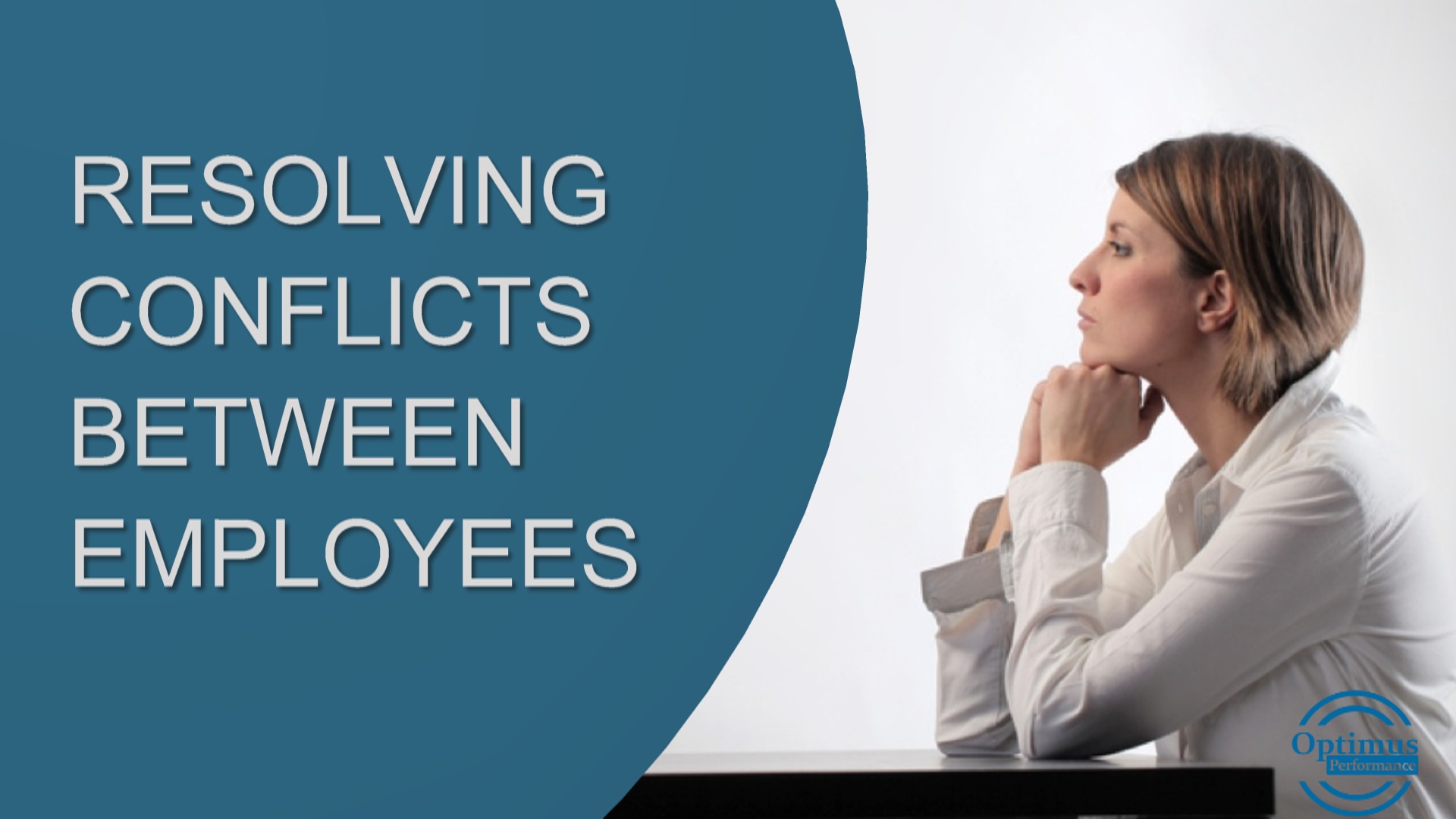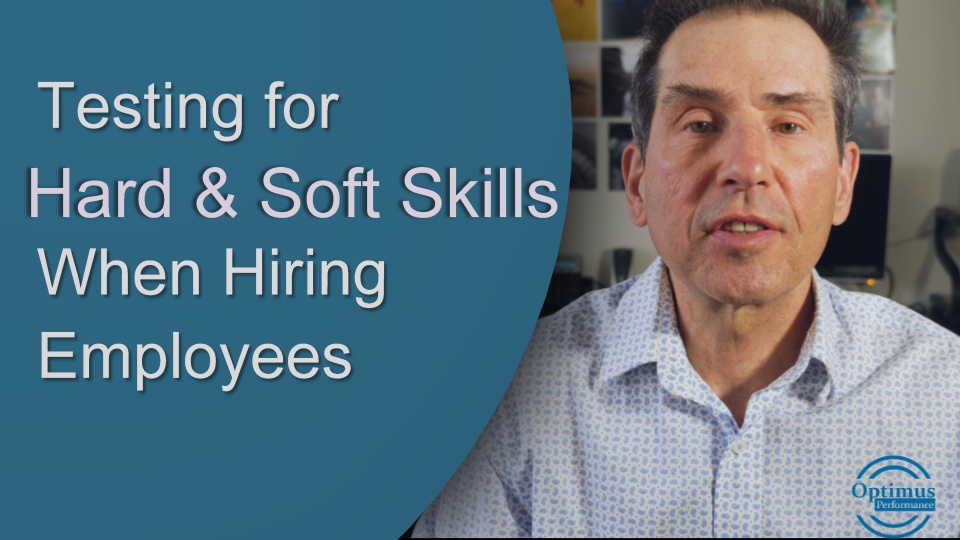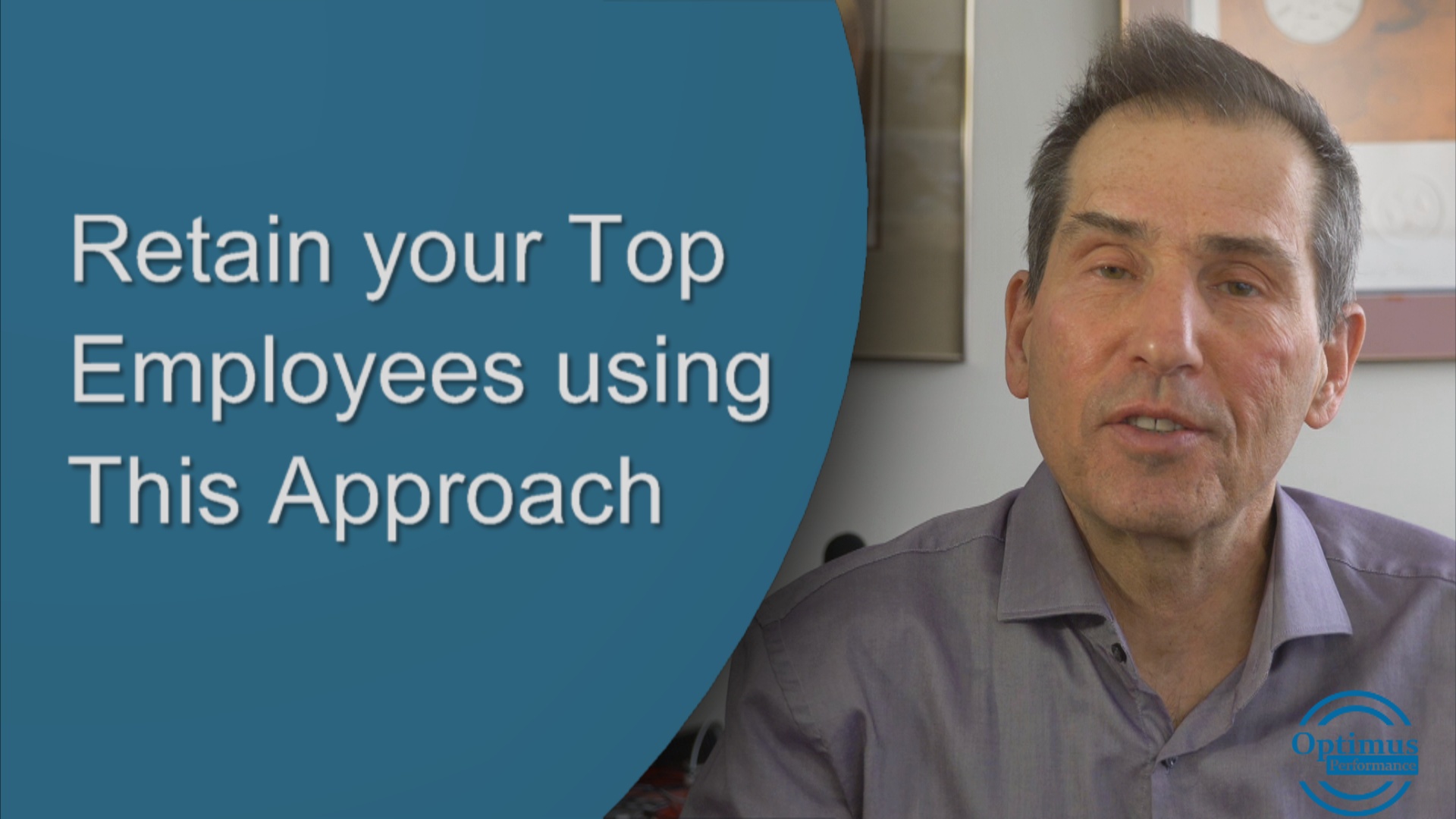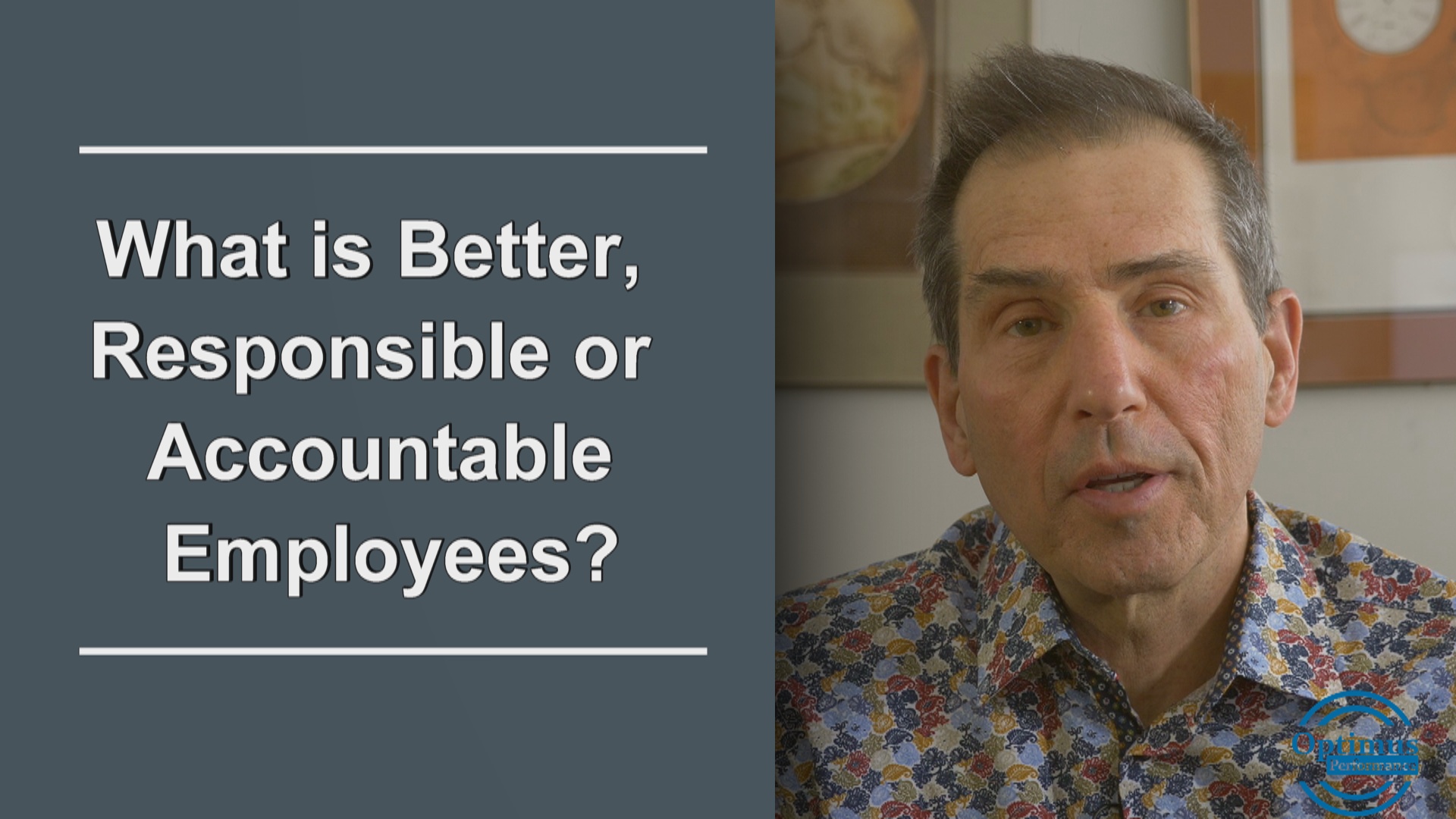Conflicts between employees arise from time to time in the workplace and is difficult to avoid. Ideally people will develop the skills to resolve conflicts on their own without management having to intervene. In fact, conflicts are likely to happen at the leadership level and in this case if third party help is needed, it will land on the doorstep of the boss or HR department if there is one.
Skills
But even if people learn the skills to manage conflicts it may go unresolved if both parties are not able to function at the responsible level. I covered the levels of growth in other articles and videos. People may function much of the time at the responsible level but slip down to the self-protective level in an instant when a potential conflict arises with another employee. And this can happen at all levels in the company from front line workers to top leadership.
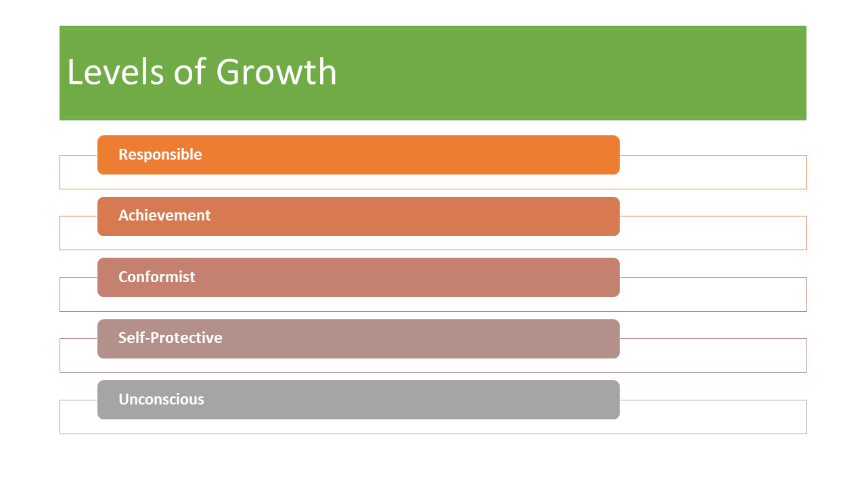
Situation
One of my clients was telling me of a conflict she has with a co-worker that has been going on for over 20 years. Both have been through training on communication and how to use active listening to resolve disagreements and move forward with an action plan.
But it seems that one party is being self-protective and does not want to collaborate to end this conflict. Usually there is something that happened in the past that the person hangs on to, or it could be their personalities clash and one party just wants to take revenge on the other.
Action
Conflicts like these zap energies, impedes collaboration and ultimately affects performance and productivity. So even if skills training is provided for conflict resolution, people need to work on their own issues to be willing to act at the responsible level and take the action required to resolve the conflict.
Leaders need to identify conflicts in the workplace and exercise zero tolerance. They need to get the parties to the table to talk it out and commit to responsible action.
Prevention Preferably prevention is being practiced in the form of personal development along with skill development so people can self-manage handling of conflicts as they are sure to arise at one time or another.
